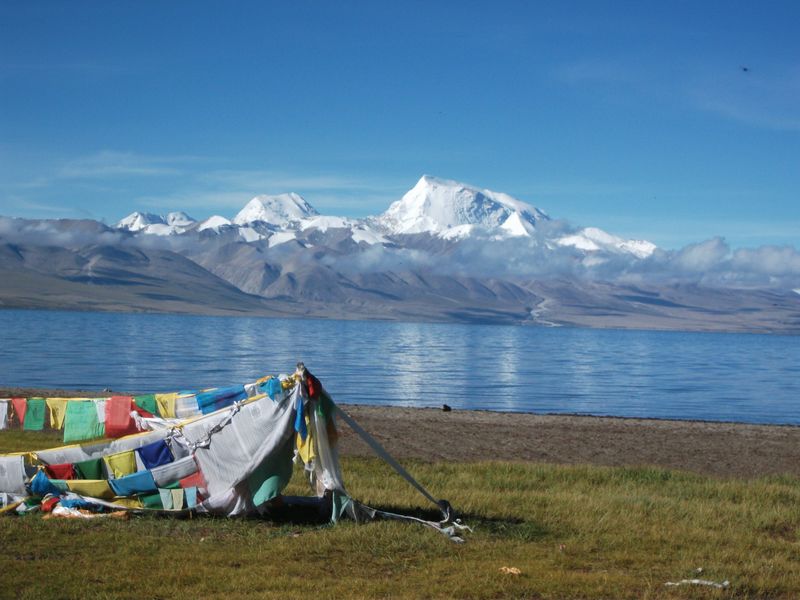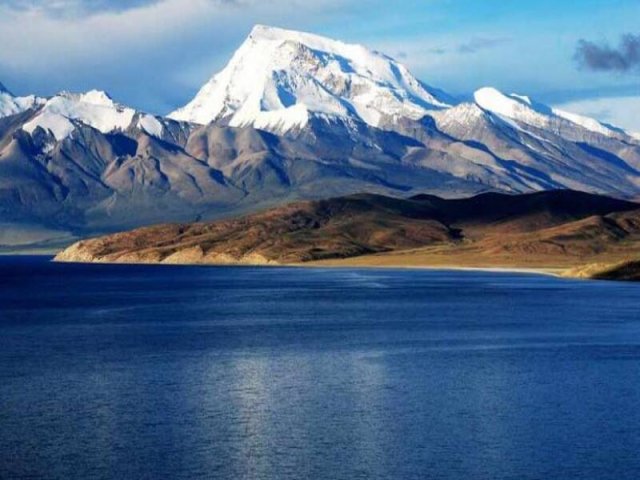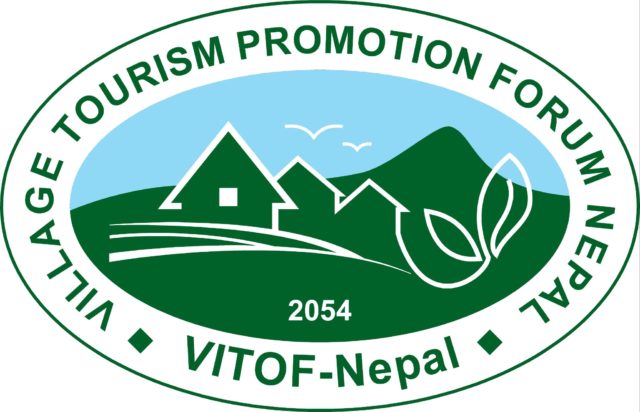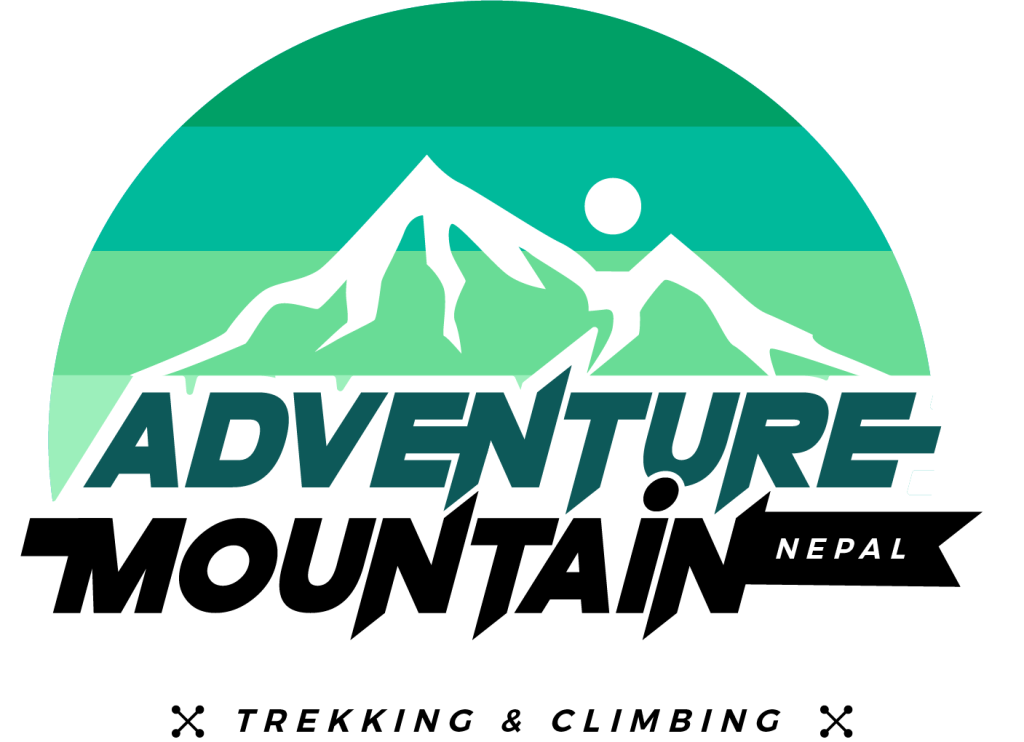What is the best time for trekking Tibet ?
The prime time for trekking Tibet is during Spring(March, April and May) and Autumn (October and November). During these seasons the weather will be clear, flowers will bloom on the way, the charm of the atmosphere can be felt by the heart, magnificent views of the Himalayas can be seen and mostly you can explore the wilderness of Tibet freely.
What about altitude Sickness ?
Normally, Within 12-24 hours after ascending a certain height(1,500 to 2,500 meter above sea level) altitude sickness symptoms like dizziness, fatigue, loss of appetite, sleep problems, loss of energy, and shortness of breath are seen. In case of any altitude sickness symptoms we will apply medication and descend immediately for acclimatization.
Can you go to Tibet without a visa ?
Flying to Tibet directly from international aircraft is not possible. There are two ways to enter the land of Tibet either from Nepal or China. Hence, to visit Tibet we need a special trekking permit for Tibet and Visa of Nepal or China. If you are traveling with us we will manage a Travel Permit to Tibet.
How about the weather and traveling seasons in Tibet ?
Tibet is an inland country and is extremely dry for 9 months of the year. It has continental climate usually with warm days and cool nights. Annual temperature variation is significant. Summers are warm and winters are cold. During Autumn and Spring seasons the temperature will be moderate and you will experience little rain which makes these seasons favorable to explore the wilderness of Tibet.
Do I need travel insurance to travel to Tibet ?
Yes!! It is recommended to have travel insurance during the trek. It is uncertain that you will not feel sick or get into any accidents during the trek. So, for medical emergencies or as precaution against risks and financial losses that could happen while traveling, insurance is best.
What about altitude Sickness ?
Normally, Within 12-24 hours after ascending a certain height(1,500 to 2,500 meter above sea level) altitude sickness symptoms like dizziness, fatigue, loss of appetite, sleep problems, loss of energy, and shortness of breath are seen. In case of any altitude sickness symptoms we will apply medication and descend immediately for acclimatization.
What is the food like ?
While traveling to Tibet you will get to taste a lot of Tibetan cuisine, Sichuan cuisine and western style dishes. Tibetan food is mostly made by using meat and less vegetables. If you are a meat lover then it is a great opportunity for you to explore different cuisines. Some of the famous foods are Yak Butter, Tibetan Mo:Mo, Tibetan Sausage, and Dry Meat.
Can we travel individually to Tibet ?
Due to restrictions put in place by the Chinese government in its provinces It is not allowed to travel to Tibet as an individual tourist.


















